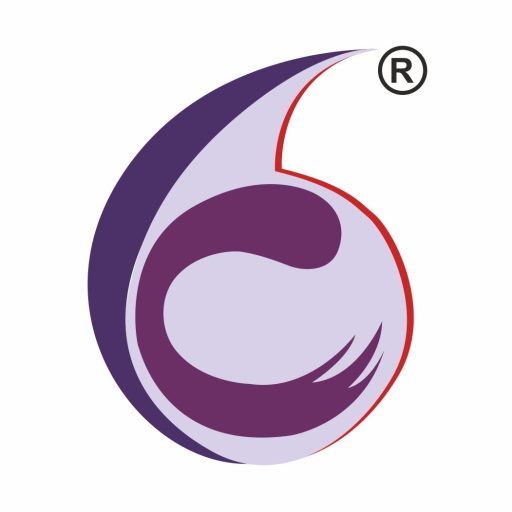The role of wearables in healthcare is to seamlessly and remotely gather health-related information from patients, including blood pressure, heart rate, body temperature, and blood oxygen levels. Medical professionals can then use them to diagnose patients and give them the required treatments. This alone makes wearables crucial to the future of healthcare, with both patients and medical professionals benefitting immensely through more reliable diagnosis and near real-time information tracking.
Wearable devices have revolutionized healthcare by empowering patients to actively engage in their well-being. These devices, ranging from fitness trackers to smartwatches, offer a multitude of benefits that extend beyond simple activity tracking.
An important advancement in healthcare technology, the rise of wearable gadgets in critical care empowers patients and healthcare professionals in many ways. These devices continuously monitor and gather information on vital signs and other health factors. They are often worn on the body or built into clothing.
11 Ways wearable devices are transforming critical care:
- Continuous Monitoring: Wearable technology enables real-time tracking of vital signs like heart rate, blood pressure, and oxygen saturation. This continuous monitoring allows healthcare providers to detect any deviations from normal levels early on, minimizing the need for frequent manual checkups.
- Early Warning Systems: Equipped with sensors and algorithms, wearables can detect deviations from baseline metrics and send alerts when vital signs indicate potential health issues. This early warning system enables prompt intervention by medical professionals to prevent worsening conditions.
- Remote Monitoring: Wearable devices facilitate remote patient monitoring, allowing individuals to be monitored outside traditional healthcare settings. Patients wear these devices at home, and their real-time data is transmitted to healthcare providers. This reduces the need for frequent hospital visits, particularly beneficial for chronic disease management and post-operative care.
- Patient Engagement: Wearable technology empowers patients to actively engage in their healthcare by providing access to their health data. This increased involvement enables a better understanding of their conditions, adherence to treatment plans, and lifestyle modifications, ultimately leading to improved health outcomes.
- Data Integration: Wearable device data can be integrated into electronic health records (EHRs) and clinical decision support systems, providing healthcare providers with comprehensive patient information. This integration enhances decision-making and improves the quality of care delivered.
- Cost Reduction: By facilitating earlier interventions and reducing hospital readmissions, wearable technology helps in lowering healthcare costs. Patients can be monitored in outpatient settings, minimizing the need for costly hospital stays and interventions.
- Enhanced Patient Experience: Wearable devices improve the patient experience by allowing individuals to be monitored remotely and providing personalized healthcare solutions tailored to their unique needs.
- Customization and Personalization: Wearable devices can be customized to suit individual patient requirements, allowing parameters and thresholds to be adjusted accordingly for a more personalized healthcare experience.
- Research and Population Health: The data collected from wearable devices can be utilized for research and population health studies, enabling the discovery of trends and patterns in health and disease. This data-driven approach facilitates the development of more effective public health programs.
- Chronic Disease Management: Wearable devices play a crucial role in managing chronic diseases such as diabetes, hypertension, and heart disease by enabling continuous monitoring and timely interventions to prevent complications.
- Post-Surgery and Rehabilitation: In post-operative and rehabilitative settings, wearable gadgets track patients’ progress and ensure adherence to recovery protocols, reducing the risk of complications and improving overall outcomes.
Wearable devices have transformed healthcare delivery by empowering patients to take control of their health and well-being. By providing real-time monitoring, promoting proactive health management, facilitating early detection and prevention, enabling remote patient monitoring, and enhancing patient engagement, these devices are revolutionizing the way healthcare is delivered and received. As technology continues to advance, wearable devices will play an increasingly integral role in empowering individuals to lead healthier lives.

